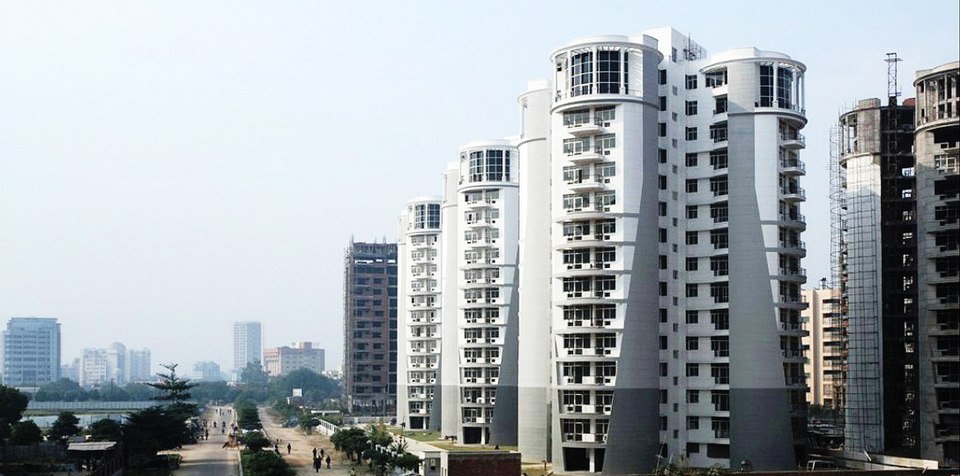Now Reading: UP’s Gorakhpur and Kanpur Rank Among India’s Fastest Growing Urban Centers: What’s Driving the Boom?
-
01
UP’s Gorakhpur and Kanpur Rank Among India’s Fastest Growing Urban Centers: What’s Driving the Boom?
UP’s Gorakhpur and Kanpur Rank Among India’s Fastest Growing Urban Centers: What’s Driving the Boom?

In a new assessment of urban growth patterns across India, Uttar Pradesh’s Gorakhpur and Kanpur have emerged as two of the fastest developing Tier-2 cities in the country. With expanding infrastructure, increasing migration, and fresh investment interest, both cities are undergoing a quiet transformation that reflects deeper shifts in India’s urban landscape.
Urban Growth Redefined in Uttar Pradesh
Traditionally seen as regional hubs, Gorakhpur and Kanpur are now commanding national attention for their pace of development. Over the past few years, both cities have recorded significant growth in terms of population, real estate activity, and economic diversification.
Gorakhpur, once known primarily for its religious and administrative importance, is now seeing an uptick in commercial activity, educational institutions, and infrastructure projects. Meanwhile, Kanpur—an industrial heavyweight in the past—is reinventing itself with focus on clean manufacturing, IT parks, and logistics.
Infrastructure Push Driving Momentum
Much of this growth is linked to major state and central government initiatives aimed at improving connectivity and civic amenities in smaller cities. The Gorakhpur Link Expressway, expanding rail networks, and the city’s growing airport traffic are positioning it as an important gateway to eastern Uttar Pradesh and parts of Bihar.
Kanpur, on the other hand, has benefitted from industrial corridor projects and metro rail expansion, which have improved mobility and investor confidence. These developments are not just symbolic—they are creating jobs, attracting migration, and boosting local consumption.
Migration and Aspirational Shift
Another key driver is the shifting preference of people from rural or congested metro areas to more affordable Tier-2 cities. Gorakhpur and Kanpur are witnessing a steady influx of professionals, students, and entrepreneurs who find better value in terms of real estate, lifestyle, and job opportunities.
Education and healthcare infrastructure in both cities has improved considerably, with new private universities, coaching centres, hospitals, and residential colonies catering to a growing middle class.
Challenges Amidst Growth
Despite the positive trends, the rapid expansion also brings challenges. Traffic congestion, waste management, water supply, and urban planning are emerging concerns that local authorities must address proactively.
For instance, both cities face seasonal pollution spikes and limited green spaces, which could undermine liveability if not tackled in time. Equitable growth, especially for lower-income populations, also remains a crucial priority.
Conclusion: India’s Next Urban Story is Shifting
The rise of Gorakhpur and Kanpur marks a broader pattern of urban decentralisation in India. As the spotlight moves beyond metros, Tier-2 cities are becoming vital engines of development—offering new opportunities while also demanding thoughtful urban governance.
Their growth story underscores the importance of inclusive planning, strategic investment, and sustainable development models. If managed well, these cities could become examples of balanced urban transformation in the heart of India.
























